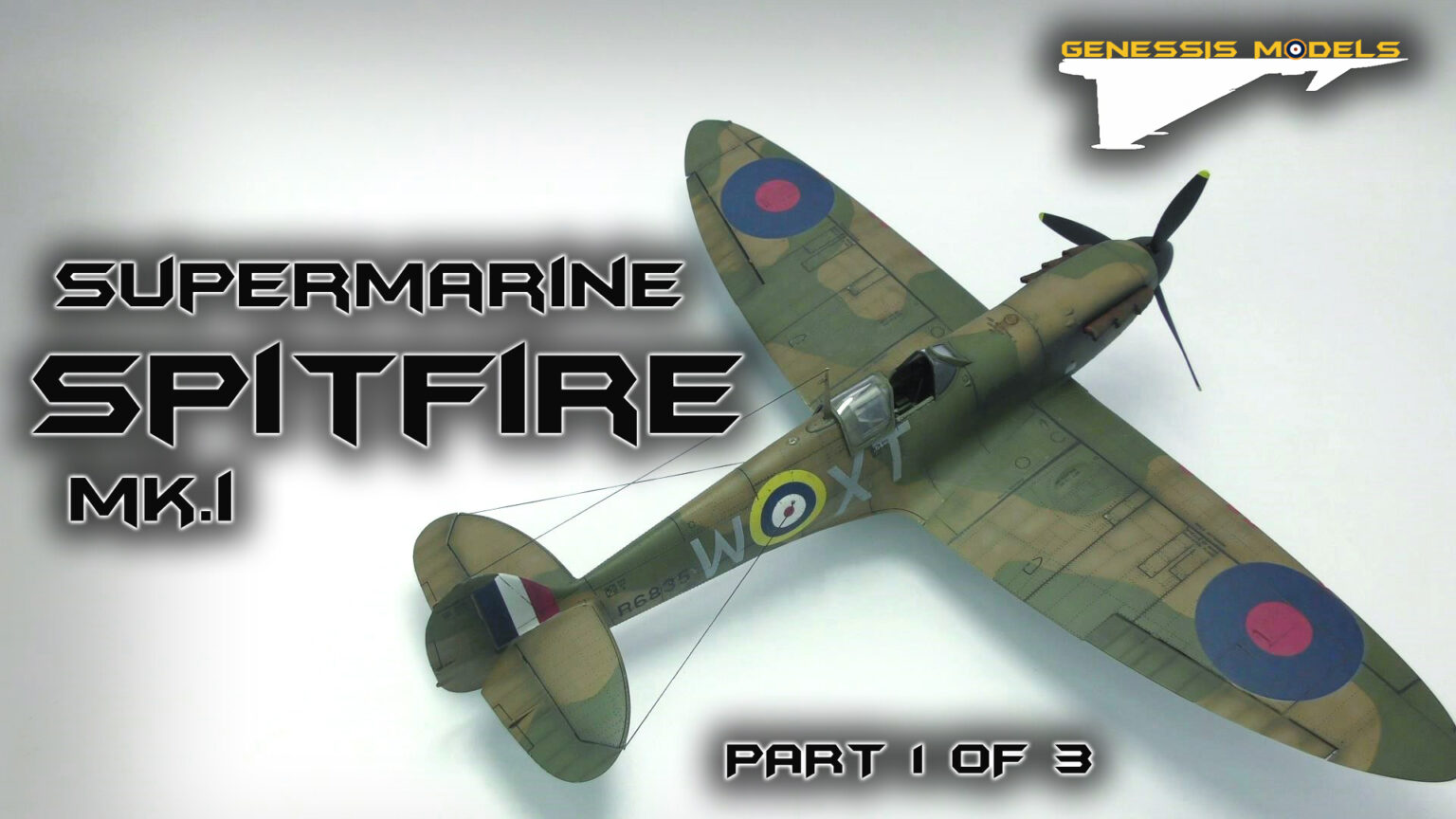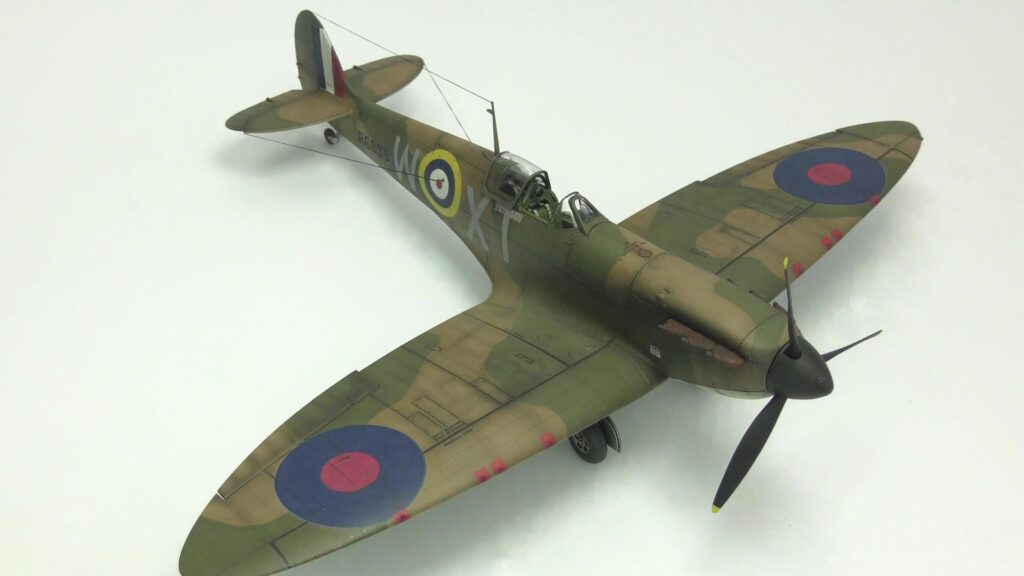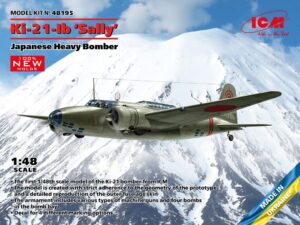Genessis Models News
Keep up-to-date with everything Genessis
SPITFIRE MK.I : RAPID VIDEO BUILD : EDUARD : 1/48 SCALE MODEL : PART.1

SPITFIRE MK.I

- Manufacturer: Eduard
- Scale: 1/48
- New Tooled: 2020
- Video Format: Rapid Video Build
- Presented By: Bobby Waldron
- Number of Episodes: 3
- Camera Angels: 1
- Camera Definition: 4K
- PE Parts Used: Yes
- painting Mask Used: Yes
- Resin Parts Used: No
- Kit Used No: 82151
The Supermarine Spitfire is a British single-seat fighter aircraft used by the Royal Air Force and other Allied countries before, during, and after World War II. It was the only British fighter produced continuously throughout the war. The Spitfire remains popular among enthusiasts. Around 70 remain airworthy, and many more are static exhibits in aviation museums throughout the world.
The Spitfire was designed as a short-range, high-performance interceptor aircraft by R. J. Mitchell, chief designer at Supermarine Aviation Works, which operated as a subsidiary of Vickers-Armstrong from 1928. Mitchell developed the Spitfire’s distinctive elliptical wing (designed by Beverley Shenstone) with innovative sunken rivets to have the thinnest possible cross-section, achieving a potential top speed greater than that of several contemporary fighter aircraft, including the Hawker Hurricane. Mitchell continued to refine the design until his death in 1937, whereupon his colleague Joseph Smith took over as chief designer.
Smith oversaw the Spitfire’s development through many variants, from the Mk 1 to the Rolls-Royce Griffon-engined Mk 24, using several wing configurations and guns. The original airframe was designed to be powered by a Rolls-Royce Merlin engine producing 1,030 hp (768 kW). It was strong enough and adaptable enough to use increasingly powerful Merlins, and in later marks, Rolls-Royce Griffon engines producing up to 2,340 hp (1,745 kW). As a result, the Spitfire’s performance and capabilities improved over the course of its service life.
During the Battle of Britain (July–October 1940), the more numerous Hurricane flew more sorties resisting the Luftwaffe, but the Spitfire captured the public’s imagination as the main RAF fighter, in part because the Spitfire was generally a better fighter aircraft than the Hurricane. Spitfire units had a lower attrition rate and a higher victory-to-loss ratio than Hurricanes, most likely due to the Spitfire’s higher performance. During the battle, Spitfires generally engaged Luftwaffe fighters—mainly Messerschmitt Bf 109E–series aircraft, which were a close match for them.
After the Battle of Britain, the Spitfire superseded the Hurricane as the principal aircraft of RAF Fighter Command, and it was used in the European, Mediterranean, Pacific, and South-East Asian theatres.
Much loved by its pilots, the Spitfire operated in several roles, including interceptor, photo-reconnaissance, fighter-bomber, and trainer, and it continued to do so until the 1950s. The Seafire was an aircraft carrier–based adaptation of the Spitfire, used in the Fleet Air Arm from 1942 until the mid-1950s.
Find Products In Store
-
 Fighter Ace Monthly£8.99 / month
Fighter Ace Monthly£8.99 / month -
 Fighter Ace Yearly£89.00 / year
Fighter Ace Yearly£89.00 / year -
Product on sale
 ICM : Ki-21-1b “Sally” Japanese Heavy Bomber : 1/48 ScaleOriginal price was: £59.80.£53.00Current price is: £53.00.
ICM : Ki-21-1b “Sally” Japanese Heavy Bomber : 1/48 ScaleOriginal price was: £59.80.£53.00Current price is: £53.00. -
 Fighter Pilot Monthly£5.50 / month
Fighter Pilot Monthly£5.50 / month
